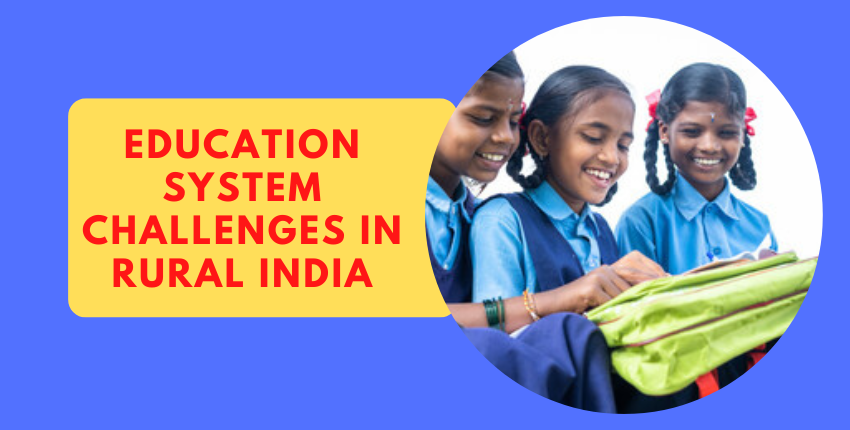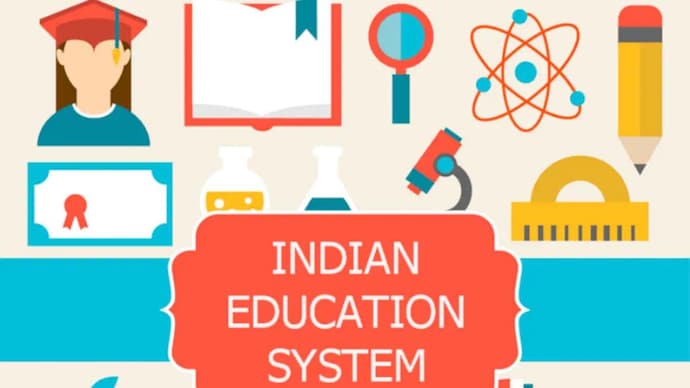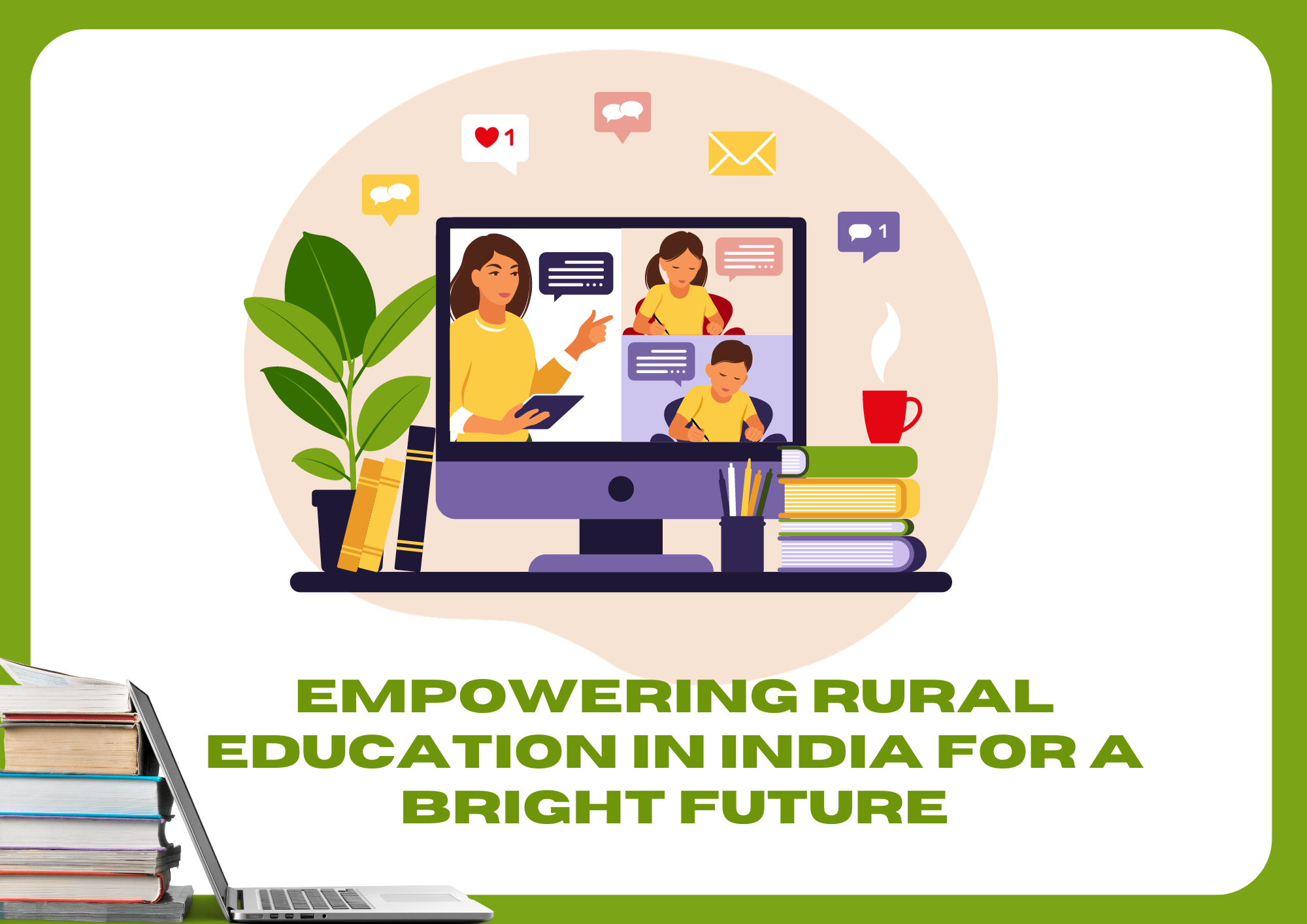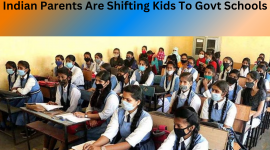India, a land of diverse cultures and traditions, is also home to a significant rural population. While strides have been made in various sectors, rural education remains a challenge, with millions of children still lacking access to quality learning opportunities.
Challenges in Rural Education

m faces a myriad of challenges when it comes to education. The lack of adequate infrastructure and access to quality education is a persistent issue.
Many rural schools lack basic facilities like classrooms, electricity, and clean drinking water. This scarcity of resources directly affects the quality of education provided.
Furthermore, there is a severe shortage of qualified teachers in rural areas. This shortage hampers the learning process, as dedicated educators play a pivotal role in shaping a student’s future.
The socio-economic and cultural factors prevalent in rural communities often deter parents from sending their children, especially girls, to school. As a result, gender disparities persist in rural education.
Government Initiatives

Recognizing the gravity of the situation, the Indian government has launched several schemes and programs aimed at improving rural education.
Initiatives like Sarva Shiksha Abhiyan (SSA), Rashtriya Madhyamik Shiksha Abhiyan (RMSA), and Beti Bachao, Beti Padhao have been instrumental in expanding access to education and addressing gender disparities.
While these programs have made significant strides in increasing enrollment, challenges like the shortage of qualified teachers and the need for better infrastructure persist. Continuous evaluation and refinement are essential to ensure these initiatives have a lasting impact.
Role of Non-Governmental Organizations (NGOs)

Non-Governmental Organizations (NGOs) have played a crucial role in bridging educational gaps in rural India. These organizations work tirelessly to provide educational resources, teacher training, and infrastructure development in remote areas.
Initiatives like Pratham’s Read India program and the Akshaya Patra Foundation’s mid-day meal program have positively impacted rural education.
NGOs often bring innovation and flexibility to their projects, addressing the unique needs of each community. By partnering with local stakeholders, they ensure that their efforts are sustainable and culturally sensitive.
Digitalization of Rural Education

The digital revolution has brought about a significant transformation in the landscape of rural education. Technology, in the form of smartphones and internet connectivity, has the potential to make education more accessible to rural students. Several initiatives have leveraged technology to deliver lessons and educational content to remote areas.
For instance, the “Diksha” app provides students with access to a vast repository of digital resources. Moreover, virtual classrooms and online tutorials have gained popularity, enabling students to access quality education even in remote locations.
Community Involvement and Awareness

The active involvement of the community is vital for the success of rural education initiatives. When communities take ownership of their local schools, it leads to better accountability and overall improvement.
Numerous success stories illustrate how villages have come together to build classrooms, provide school supplies, and support their schools.
Awareness campaigns emphasizing the importance of education, especially for girls, have yielded positive results. Communities are gradually understanding that education is the key to breaking the cycle of poverty and ensuring a brighter future for their children.
Innovative Teaching Methods

Innovative teaching methods tailored to the specific needs of rural students have shown promise. Activity-based learning, peer teaching, and interactive classrooms have engaged students more effectively. These approaches make learning enjoyable and practical, fostering a deeper understanding of the subjects.
Transformative Impact on Rural Youth

The impact of improved rural education extends far beyond the classroom. When children in rural areas receive quality education, they are better equipped to pursue higher studies and secure better livelihoods. Many rural youth have overcome adversity and achieved remarkable success through education.
Conclusion
Empowering rural education in India is a collective responsibility. While progress has been made through government initiatives, the dedicated efforts of NGOs, the integration of technology, community involvement, and innovative teaching methods, much more needs to be done.
The transformative impact of improved rural education is evident in the success stories of rural youth who have risen above their circumstances.









